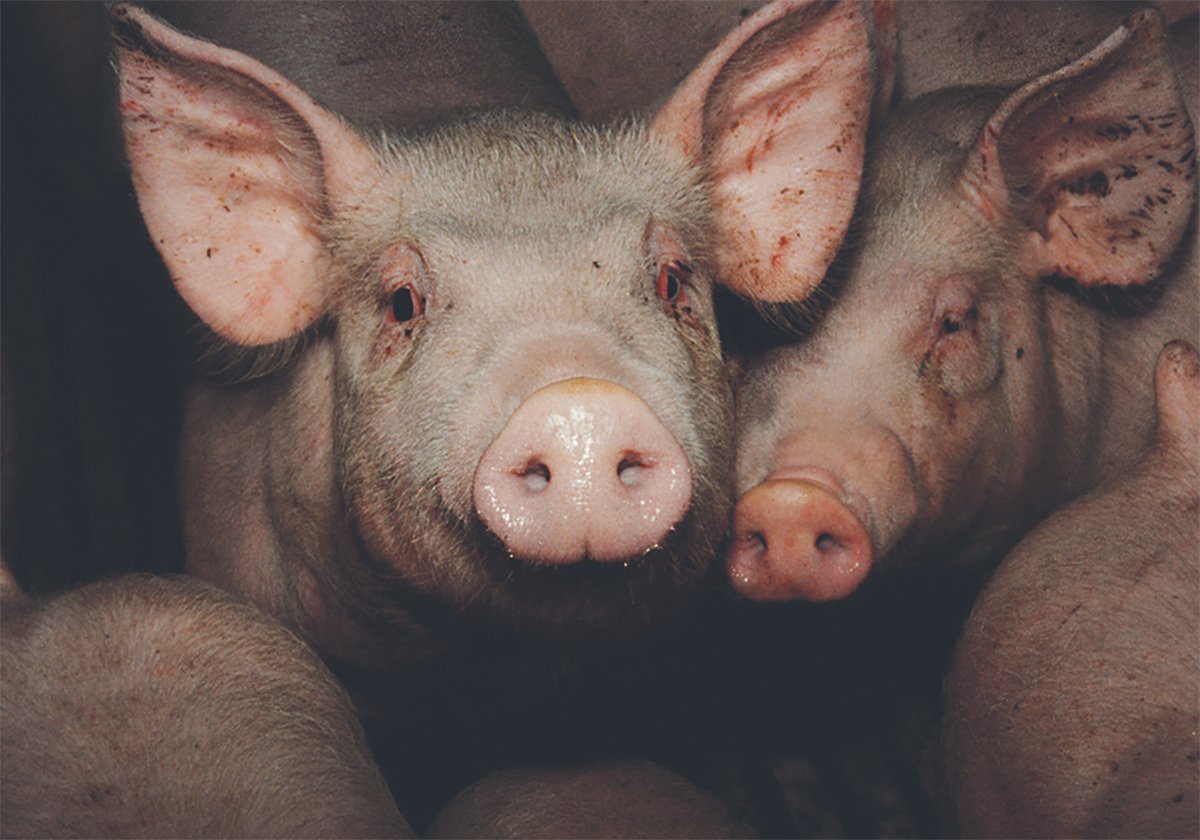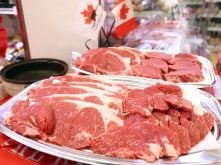The care of the crop rather than the variety may have more to do with whether a barley sample is accepted as malting quality.
“About 25-35 percent of the malt barley that is grown actually gets accepted by the maltsters so growers really want to do everything they possibly can to get the best yield, plumpness and protein content,” said Ross McKenzie.
He is part of an Alberta Agriculture team researching how to use agronomy to get the best barley yields and quality to achieve malt. He presented findings from a three-year study in Alberta at a recent soil science workshop in Calgary.
Read Also

The Western Producer Livestock Report – October 30, 2025
Western Producer Livestock Report for October 30, 2025. See U.S. & Canadian hog prices, Canadian bison & lamb market data and sales insights.
The work showed the most beneficial agronomic practices for malt barley production in southern Alberta were early seeding and the application of nitrogen fertilizer at rates appropriate to the expected availability of moisture and soil nitrogen.
Specifications for malt barley include protein levels between 11 and 12.5 percent with less than five percent stained, broken or peeled kernels and at least 80 percent plump kernels. Samples must be free of herbicides and weather damage.
The research examined four two-row varieties and three six-row varieties, with Harrington as the standard. Three seeding dates were used, in late April, early May and late May, on dryland and irrigated fields.
Serious drought in 2001 and floods in 2002 in southern Alberta affected study results.
Nitrogen’s effect on yield, protein and plumpness was investigated. While nitrogen could be quite influential in the final outcome, application of phosphorus, potassium or sulfur did not affect malt yield or quality.
“Nitrogen did tend to reduce plumpness but it was strongly related to precipitation and moisture conditions later on in the growing season,” McKenzie said. “Where we have good moisture conditions, protein will go down.”
They found a substantial yield increase when more nitrogen was applied. Protein levels reached the upper boundary of 13 percent, which could put it out of the running for malt acceptance.
Drought in 2001 saw more protein develop with fewer plump kernels. Protein is in an inverse relationship to the amount of available moisture. Under wet conditions in 2002, protein dropped and plumpness improved.
For the brown soil zone, if there was 100 millimetres of stored soil moisture in spring and 150 mm more received during the growing season, 50 pounds of nitrogen to the acre was sufficient. If there was 150 mm of stored soil moisture and another 150 mm of rain, nitrogen could go up to 80 lb. to the acre.
In the dark brown soil zone, if there was 250 mm of moisture, 65 lb. of nitrogen were sufficient, while 255 mm of moisture allowed for up to 95 lb. per acre.
Researchers also measured seeding rate results. If rates are increased, the yield goes up but protein content goes down because the nitrogen application is spread over more plants.
“Every time we increase our rate, our plumpness goes down,” he said.
McKenzie recommended a seeding rate of 18-20 seeds per sq. foot for the best results.
Planting dates are also influential. Late planting resulted in lower yields by up to 25 percent.
He suggested farmers should direct seed to conserve moisture and seed no later than the first week in May in southern Alberta.















